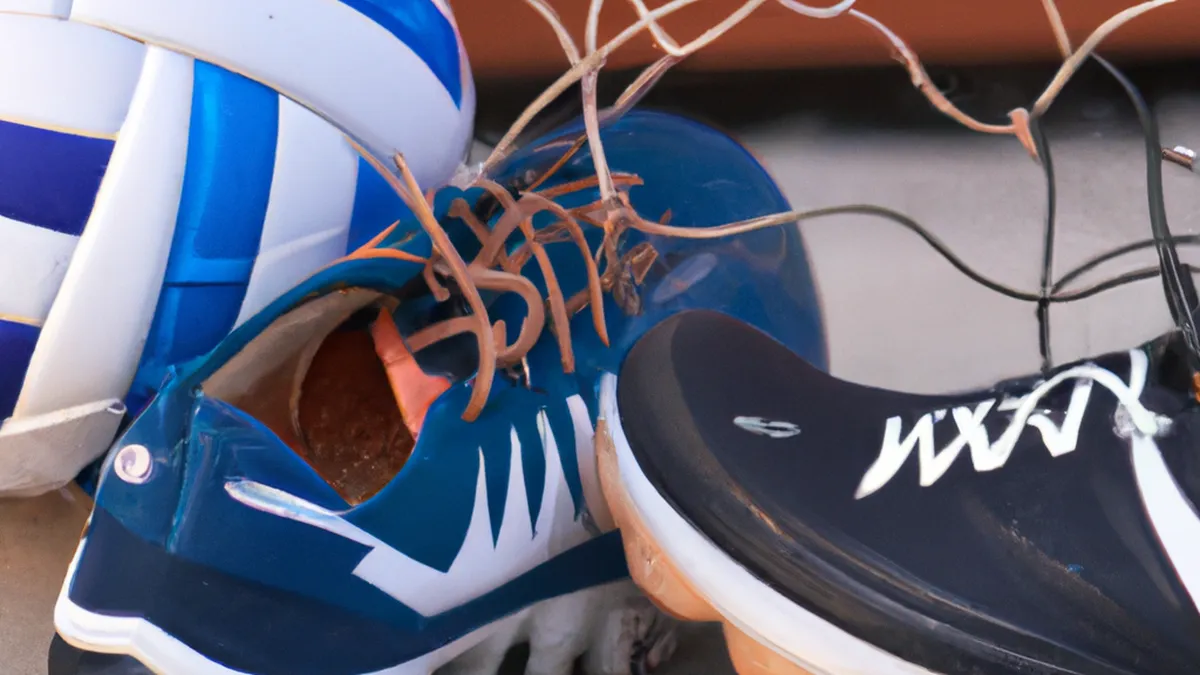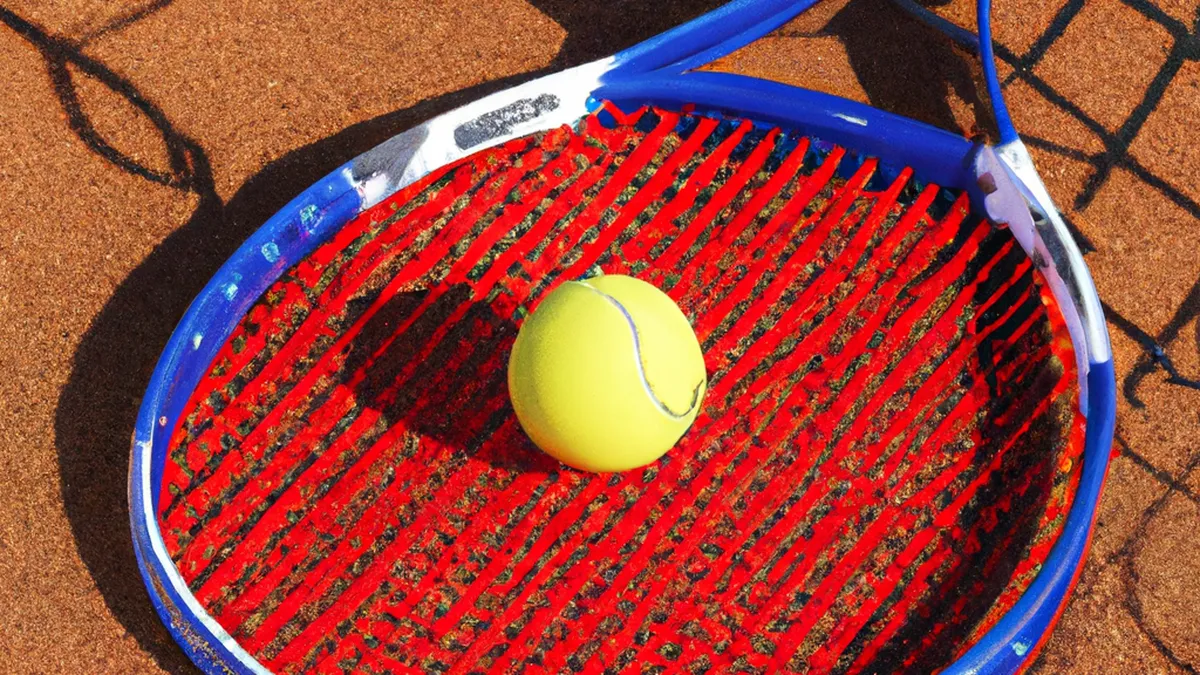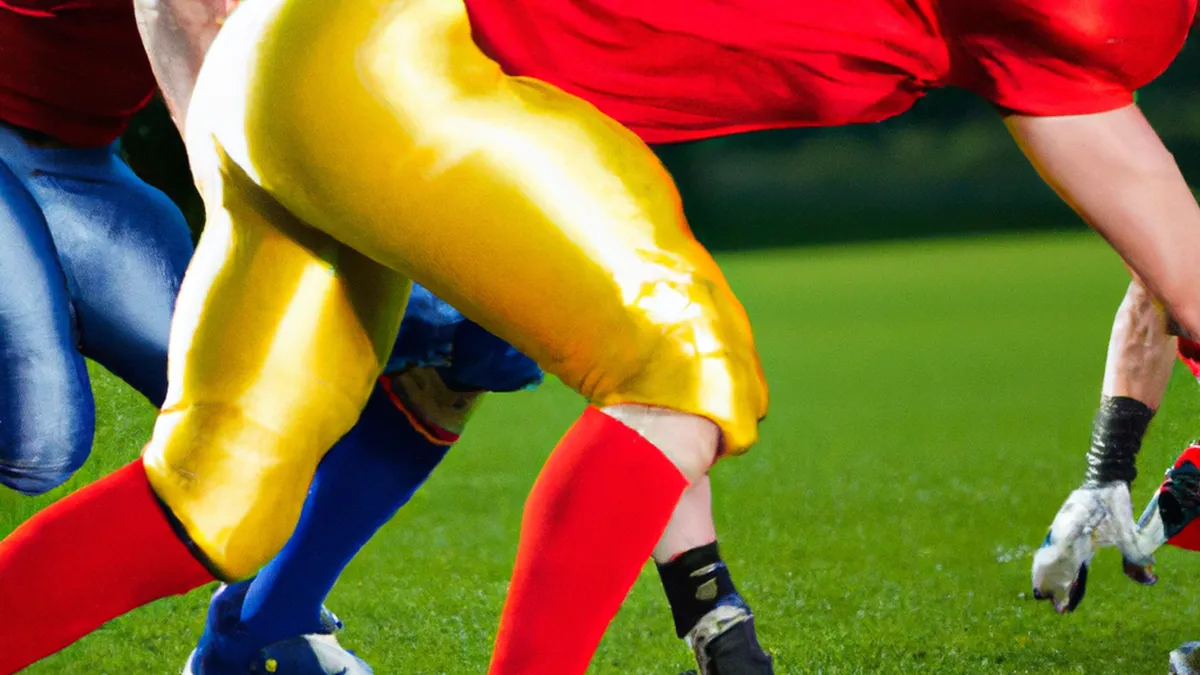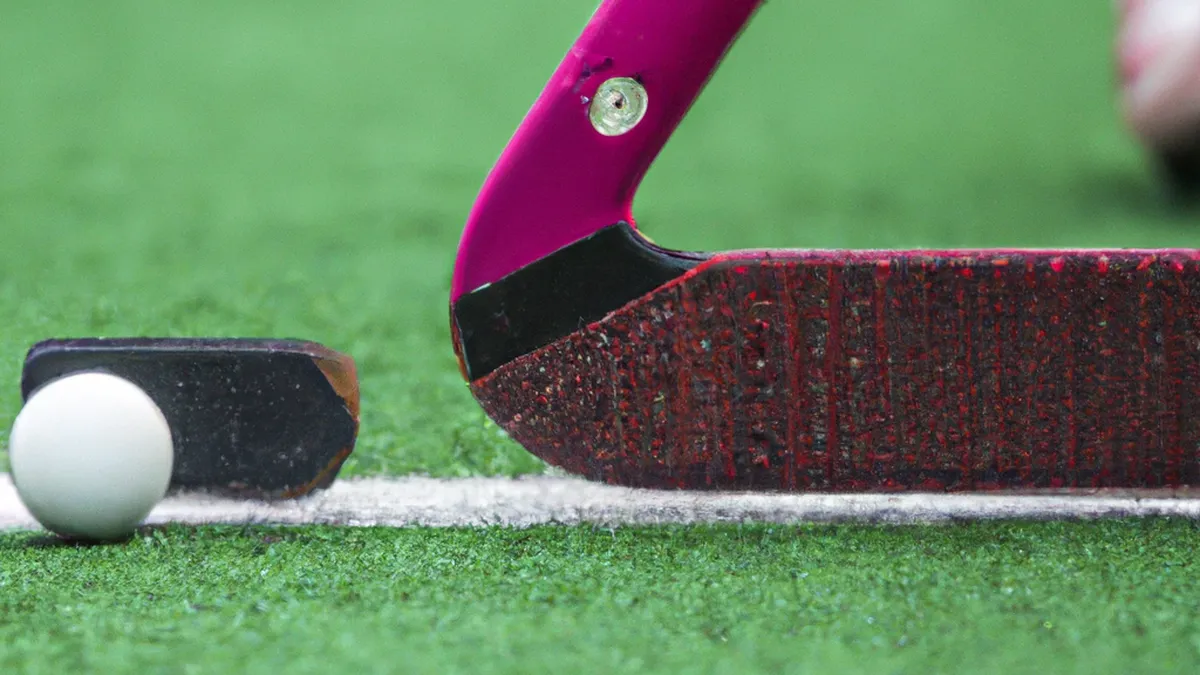Comparing Cushioning Options for Volleyball Shoes
Choosing the Right Volleyball Shoes: Features to Consider
As an Amazon Associate I earn from qualifying purchases.
Gear tip: consider agility cones, speed ladder and training hurdles to support this workout.
Volleyball demands agility, speed, and precision. Your choice of footwear significantly impacts your performance on the court. Selecting the right volleyball shoes enhances performance and ensures comfort and safety. This guide highlights essential features for selecting the perfect volleyball shoes.
Understanding Volleyball Shoe Types
Volleyball shoes come in various types, each designed for specific environments and playing styles. The common types include indoor shoes, outdoor shoes, and multi-court shoes.
Indoor Volleyball Shoes
Indoor volleyball shoes suit the smooth surfaces of indoor courts. They typically offer lightweight designs for quick movements. The gum rubber sole provides excellent traction and prevents slipping during lateral movements and jumps. Many indoor shoes feature a low-profile design for better court feel and responsiveness.
Outdoor Volleyball Shoes
Outdoor volleyball shoes withstand harsher conditions of outdoor courts, like sand, grass, or concrete. These shoes provide more durability and often include reinforced materials for added protection. They feature robust tread patterns for grip on various surfaces. While they may be heavier, they offer the support and stability needed for uneven terrains.
Multi-Court Volleyball Shoes
Multi-court shoes serve as versatile options for both indoor and outdoor surfaces. They combine features from both indoor and outdoor shoes. However, they may not perform as well as specialized shoes in their respective environments.
When selecting shoes, first consider your primary playing environment. If you play indoors, choose lightweight shoes to enhance agility. For outdoor courts, seek durable shoes with good grip. If you switch surfaces often, consider a multi-court option.
Key Features to Look For
Focus on key features that enhance performance and comfort when choosing volleyball shoes.
Cushioning and Support
Cushioning plays a critical role, as volleyball involves frequent jumps and quick lateral movements. Shoes with adequate cushioning absorb impact, protecting your feet and joints from stress. Look for shoes with EVA (ethylene-vinyl acetate) foam or gel cushioning systems for excellent shock absorption during intense matches.
Support remains equally important for injury prevention. Good volleyball shoes provide arch and ankle support to stabilize your feet during rapid movements. High-top shoes offer additional ankle support, which benefits players prone to ankle injuries. Low-top shoes allow for greater freedom of movement.
Conclusion
In summary, select volleyball shoes based on your playing environment and prioritize features like cushioning and support for optimal performance.
Below are related products based on this post:
FAQ
What are the different types of volleyball shoes available?
Volleyball shoes come in three main types: indoor shoes, outdoor shoes, and multi-court shoes. Indoor shoes are designed for smooth surfaces, offering lightweight designs and excellent traction. Outdoor shoes are built to withstand harsher conditions and provide durability and support for uneven terrains. Multi-court shoes offer versatility for both indoor and outdoor play but may not perform as well as specialized shoes.
Why is cushioning important in volleyball shoes?
Cushioning is crucial in volleyball shoes because the sport involves frequent jumps and quick lateral movements. Proper cushioning, such as EVA foam or gel systems, helps absorb impact and protects your feet and joints from stress, enhancing your overall performance and comfort during matches.
How do I choose the right volleyball shoes for my playing environment?
To choose the right volleyball shoes, first consider where you primarily play. If you play indoors, opt for lightweight shoes that enhance agility. For outdoor courts, look for more durable shoes with robust tread patterns for grip. If you frequently switch between surfaces, a versatile multi-court shoe may be the best option.















Post Comment